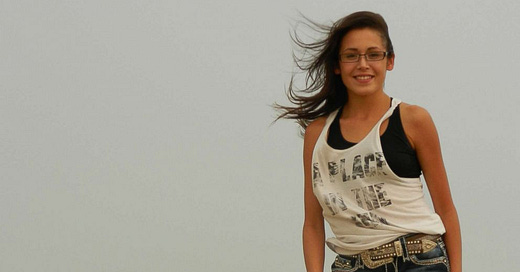True Crime Consumers Are the Answer
The media will chase the eyeballs and ears of true crime consumers if they give attention marginalized victims. The votes, the politicians and law enforcement resources will follow.
By Jayson Blair and Raul Montero
Downloads drop a few times a year for true crime podcasters. Thanksgiving. The week of Christmas. And when we do episodes on Missing and Murdered Indigenous People. Some of us have seen declines of 20 percent to 30 percent. A similar decline can happen when published episodes about other marginalized victims, like sex workers, even when they are associated with cases like the Long Island Serial Killer.
This problem does not just occur in the media; it extends to the criminal justice system’s response. Just like podcasters are motivated by following the downloads, law enforcement is incentivized by their political masters to chase certain cases. Both politicians and the media are driven by the tastes, interests and focuses of the communities they serve.

Young white female victims who level middle-class lives, like Gabby Petito, Natalie Hollway, Laci Peterson, and JonBenet Ramsey, take up a disproportionate amount of space in the zeitgeist. At the same time, sex workers like Valerie Mack and Jessica Taylor, Natives like Zach Randall-Shorty and Melissa Montoya and drug addicts like D.J. Fickey fit the profile of those most likely to become victims of crimes, yet receive little coverage.
For those who are not paid subscribers, this article is a part of our archives and our next free article will drop Monday morning. For those who are, please read on.
Keep reading with a 7-day free trial
Subscribe to True Crime Times Substack to keep reading this post and get 7 days of free access to the full post archives.




